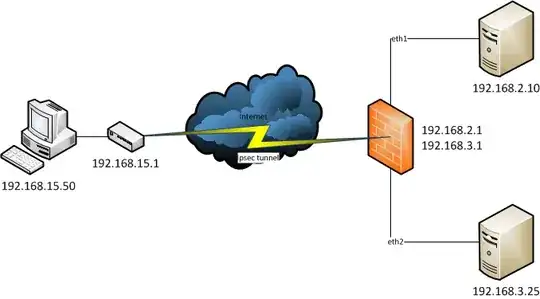Our AD is a basic hub/spoke design. We have a headquarters in London, and remote offices. The remote offices are connected via VPN to HQ.
We have 3 domain controllers at HQ, and one in each remote office. We have had Windows 2000, Windows 2003 and Windows 2008 R2 domain controllers in place.
Over the years, any automatic configuration put in place by AD itself has been eroded, and we now have a situation where the NTDS settings for each server has been manually set. I see that some remote servers are connected to all 3 of our HQ Domain Controllers, some are connected to 2 and some to only 1. Looking at the connections back from the HQ Domain Controllers, these are similarly variable.
Here is a picture of how some offices are setup:

Should I be setting up connections from each Remote DC to all 3 of our HQ DCs, from each Remote DC to only one of the HQ DCs, or manually spreading the load?
Is there a way I can "reset" the configuration so that AD automatically generates the most appropriate connections?